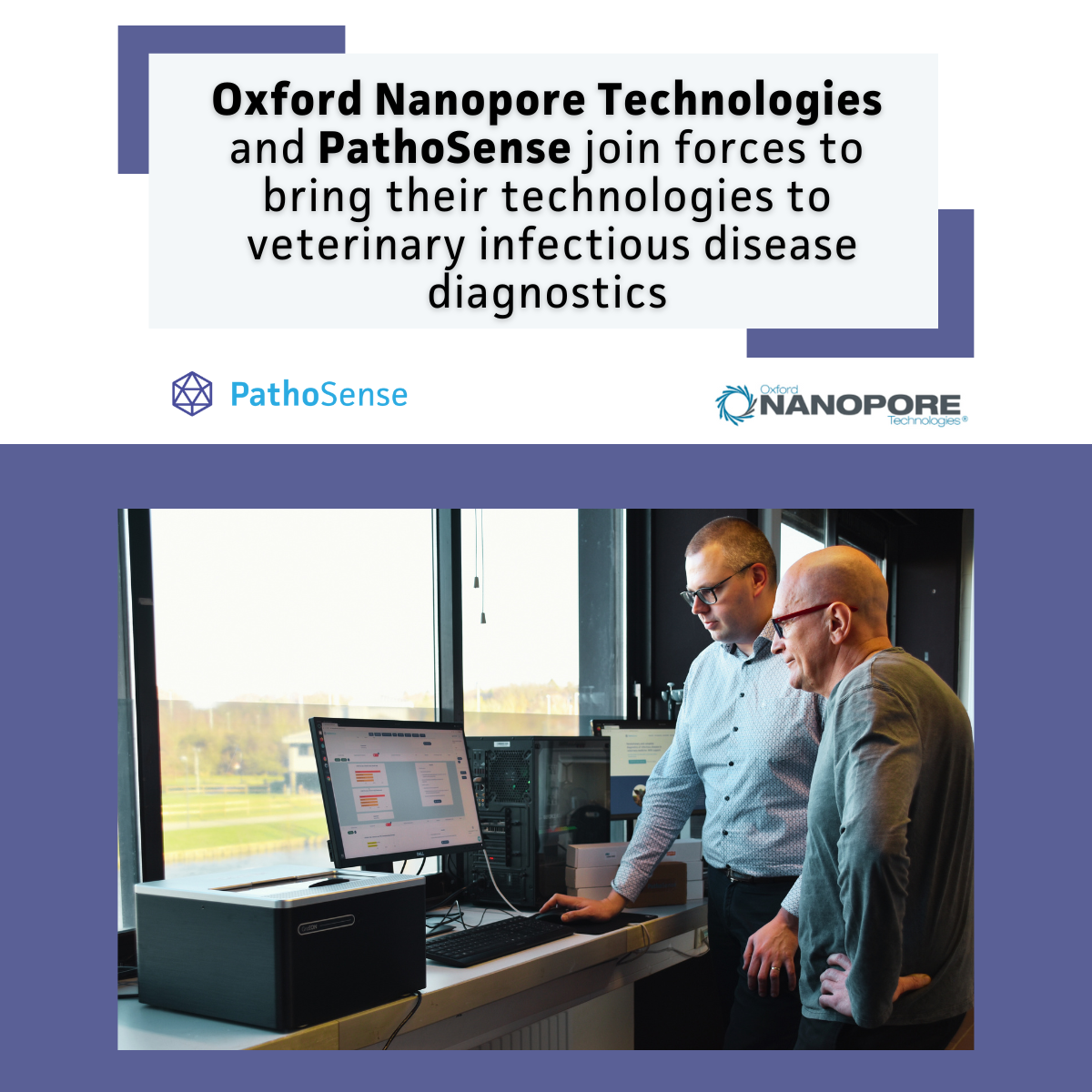On March 7th we held an interesting webinar about the respiratory microbiome and the gut-lung axis in pigs. The webinar was hosted by PathoSense team members Dr. Sebastiaan Theuns, Dr. Amanda Hettiarachchi and Drs. Adelaide Panattoni. In this blogpost, we will summarize the topics discussed during the second part of the webinar, focusing on current knowledge about the respiratory microbiome and the gut-lung axis.
Let's start with the basics and briefly discuss our current understanding of the respiratory microbiome. In the upper respiratory tract, we typically find Firmicutes and Proteobacteria, along with Streptococcaceae and Moraxelaceae. Moving to the lower respiratory tract, we also observe the presence of Firmicutes and Proteobacteria. As much of the existing data provides insights at a high taxonomic level, such as the phylum, it may not offer a complete picture of the microbial communities in the lower airways. This limitation stems from challenges in bacterial characterization from respiratory samples, often compounded by the use of short-read DNA sequencing techniques. Long-read sequencing technologies can offer a solution for this problem, allowing the classification of respiratory bacteria up to species level (eg. using full-length 16S rRNA gene sequencing) and potential functional characterization (eg. using shotgun metagenomics approaches). Such long-read technologies are currently being applied in an industrial PhD project at PathoSense.
Understanding the composition of the pigs' respiratory microbiome is crucial, but also comprehending the reasons and methods of its variation. The initial exposure to microbes occurs at birth, with factors such as the mode of delivery playing a significant role in shaping the piglets' microbiome composition. Additionally, events like weaning can lead to changes in the microbial structure of the animals, with an observed increase in Streptococcaceae post-weaning. Furthermore, a significant factor to consider is the strong pathogen exposure, as explained in the first part of the webinar and
in our previous blogpost. Respiratory infections can seriously impact the microbial composition of the airways. Additionally, the administration of antibiotics plays a role in this dynamic, as studies have shown that pigs receiving lower amounts of antibiotics tend to have higher levels of
Lactobacillus, a generally considered beneficial bacterial genus. This relationship is closely tied to the development of the animals' immune system and overall health status.
We may have some understanding of the microbial composition and how it can change, but why is it important? What exactly do these bacteria do? A few examples of proven and researched mechanisms include the crucial role in improving the physical epithelial barrier and in preventing the attachment of pathogenic viruses and bacteria to the epithelium (see figure). Some bacteria also produce metabolites like short-chain fatty acids or bacteriocins, which can influence the presence of other potentially harmful or beneficial bacteria. Additionally, these microbes can interact with immune cells in the airways to modulate the immune response and enhance the barrier function.
The intricate functions of the microbiota suggest its vital role in animal health (
Li et al., 2020;
Spacova et al., 2021). The relationship between the respiratory microbiome and disease is complex, with various interactions and associations at play. The exact causal effect, whether the respiratory microbiome drives diseases or if diseases lead to changes in the respiratory microbiome, remains unclear. For instance, pigs displaying respiratory disease symptoms tend to have lower abundances of typically beneficial bacteria, such as
Lactococcus and
Lactobacillus, while they tend to have a higher abundance of commonly pathogenic bacteria like
Streptococcus or
Pasteurella. However, the sequence of events is still a topic of uncertainty. Yet recent studies have been exploring the potential impact of the microbiome on viral diseases in the respiratory tract. For instance, research has shown that pre-inoculating pigs with
Mesomycoplasma hyopneumoniae may exacerbate the severity of viral infections such as swine influenza virus or PCV. Additionally, this pre-inoculation has been linked to higher loads of PRRSV, an important virus in pigs. Furthermore, there is evidence suggesting that the presence of swine influenza virus can lead to an increase in
Streptococcus suis in vitro. While there are multiple associations to consider, further research is needed to fully understand how this knowledge can be utilized to improve animal health.
The respiratory tract and its microbiome are intricately linked to various physiological processes within the animal. It is important to recognize that there are periods where both gut and respiratory diseases may occur throughout an animal's life, indicating a potential connection between these two aspects. This "gut-lung axis" represents the bidirectional inter-organ communication between the gut and the lungs, but also their microbiomes. As a result, a respiratory infection not only affects the respiratory microbiome, but also the microbiome of the gastrointestinal tract. And vice versa, an enteric infection or a disruption of the gut microbiome may affect the respiratory microbiome. There are a growing number of studies in swine that address this crosstalk between the gut and lungs.
Studies where piglets were challenged with
Mesomycoplasma hyopneumoniae (
Surendran Nair et al., 2019) or co-infected with PRRSV and PCV2 (
Niederwerder et al., 2016) have shed light on the relationship between the gut microbiome and respiratory health. In both studies, piglets with a healthy gut microbiome, characterized by a high microbial diversity and high numbers of bacteria that produce beneficial metabolites, such as short-chain fatty acids, showed to have the best clinical outcome after infection. It is believed that the gut microbiome can communicate with the respiratory tract through microbial metabolites produced by beneficial or commensal microbiota. These metabolites can diffuse into the bloodstream and activate immune responses, resulting in a controlled infection in the respiratory tract and, hence, less clinical disease. In case pigs would have a disturbed gut microbiome, due to enteric infection or antibiotic treatment, a decreased gut microbial diversity and probably a high prevalence of pathogens would be observed. This would lead to the lack of proper activation of an immune response in the lungs, resulting in an uncontrolled respiratory infection and a more severe clinical disease outcome.
An uncontrolled respiratory infection was observed in a recent study following a challenge with
Mycoplasma hyorhinis (
Zhang et al., 2022). While
M. hyorhinis is typically not considered a pathogen, there have been cases where it has been linked to disease outcomes such as pneumonia, polyarthritis, and polycerositis. Piglets challenged with
M. hyorhinis exhibited lung lesions, lung and systemic inflammation, and activation of various immune response pathways. Analysis of the fecal microbiome of these pigs revealed a disrupted gut microbiome (dysbiosis), characterized by an enrichment of opportunistic pathogens.
As a result of the initial infection in the respiratory tract, the balance of the respiratory microbiome is disrupted. This can lead to the onset of secondary infections within the respiratory system, causing the animal to exhibit symptoms of illness, reduced food intake, altered immunity, and an increase in inflammatory cytokines. These effects also extend to the enteric tract, where intestinal inflammation and disruptions in the epithelial barrier may occur. Subsequently, the disturbance in the respiratory microbiome can trigger a similar disturbance in the gut microbiome. This disruption may lead to secondary infections in the enteric tract, further compromising the overall immunity of the animal. With fewer beneficial metabolites being produced by the gut microbiota, there is a decrease in immune stimulation, ultimately resulting in a decline in pulmonary immunity. This study shows how the interconnected relationship between the gut and lungs can have negative implications, as an initial respiratory infection can disrupt the gut microbiome, potentially leading to enteric infections and exacerbating the infection rate in the respiratory tract.
In this blog post, we delved into the second part of the webinar, shedding light on the current knowledge on the respiratory microbiome in pigs and highlighting studies that addressed the gut-lung axis. This interplay between the gut and lungs shows promise to restrain infections through immune stimulation, yet disturbances in the microbiome could result in uncontrolled infections.
If you have any questions, feel free to contact us via this form.






